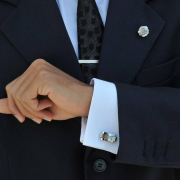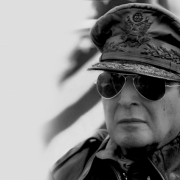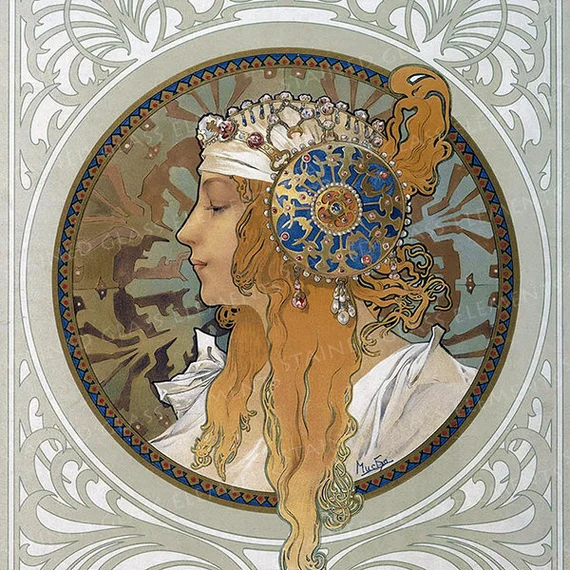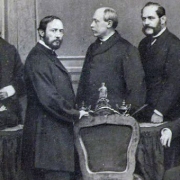I am sure of it. You may have wondered at one time or another... Why is it that men zip their jackets to the right (left over right) and women zip their jackets to the left (right over left)?
You are certainly not the only one asking yourself this question!
Well, the answer to both questions is actually quite simple and logical. Where does this custom come from?

Let's start with the men. The jacket or vest, with the buttons on the right and the buttonholes on the left. This is how we have all known it 'since time immemorial'. If we look at it historically, we come to the fact that, in earlier times, the clothing for gentlemen of standing, especially the richer gentlemen, the real gentlemen, was provided to carry weapons as well, or even to hide them.
Since most men would take or hold their sword, sword or sabre in their right hand, "it was therefore more convenient, and above all much quicker than their left hand, to open the jacket, waistcoat or overcoat." Yes, real men do not take risks! Real men also think functionally. Purely for convenience, for efficiency. So we must look at this as a purely practical measure.
Stylistically there is no reason for this. Sartorially insignificant even.
You can also find good examples of this in the old portraits. All these 'hand-in-waistcoat' drawings and paintings that were so popular in the 19th century... One hand is always visible in an open section of the coat: right to left, so that one could quickly draw the weapon if necessary.
The sword or sabre, after all, was usually carried on the left side, and could therefore be drawn quickly with the right hand!
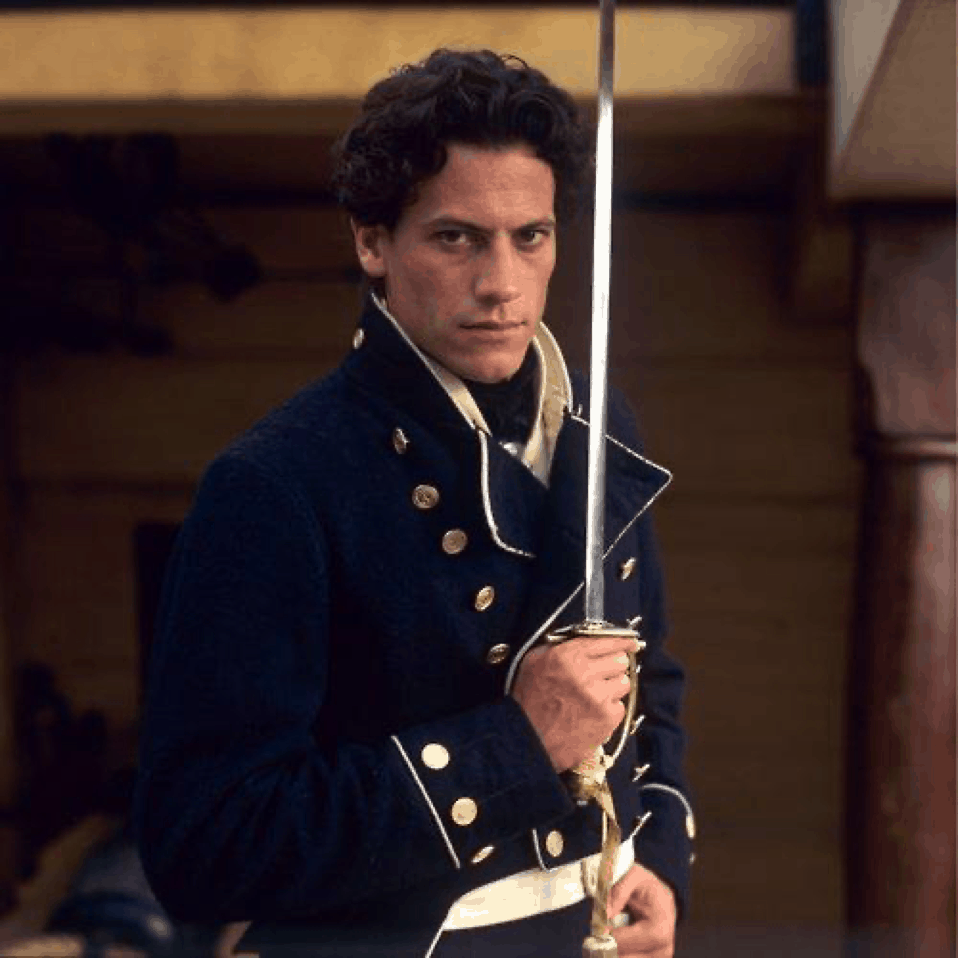
If the jacket or vest were to close the other way round, the hilt of the sword, sabre or sword would get stuck in the clothing. Totally impractical, and when it came down to it, life determining! Every right-minded gentleman of standing therefore always demanded of his tailor that the fastening be carried out in this way, professionally.
This way of dressing, and reference to a male lifestyle, this tradition, was logically transferred to all the other (male) garments. Think especially of the shirts and possibly the waistcoats. It is that simple! It's elementary, my dear Watson'.
Why do the ladies wear it the other way round, you may ask? And this too has a very logical explanation. The reason is not because they are ladies, and ladies always have to or want to do everything differently. We can also state that weaponry and ladies do not really go together, so there is no reason for that either.

The real ladies of the house used to be dressed by their servants, or the maid, or the nanny: And for a right-handed (most people are right-handed) person, it is simply more convenient to do it right over left from an inverted frontal perspective. Efficiency for the staff, then. Again, a practical elaboration, to make life easier for all parties involved. By the way, it is also easier for a right-handed gentleman to open the clothes that have been closed the way he has.
It has probably had little or no significant influence throughout our history, but I am sure that at some point a gentleman must have misjudged it, with his buckle and buttons on the 'wrong side', and was thus woefully late in drawing his sabre or sword, and defending himself properly.
So, in conclusion, we can say that this is why he was chopped in the middle, or something like that. Fortunately, we now all know the 'what', 'how' and 'why', but these are the initial reasons why designers maintain this tradition. You can also see the right-knot orientation as a direct relic from the warfare of the time:
"To ensure that an enemy's lance point would not slip between the plates," curators write in "The Art of Chivalry: European Arms and Armor from the Metropolitan Museum of Art"., "they overlapped from left to right, since it was a standard fighting practice that the left side, protected by the shield, was turned toward the enemy. Thus, men's jackets button left to right even to the present day."

Conclusion:
From a practical point of view, an efficient tradition was started. Totally useless nowadays, but the background of the whole story is actually quite fascinating. You see, even today, in contemporary fashion, certain traditions are still respected, although few will really know why. And as we all know and understand, many traditions are there to be honoured and respected. They were created for a reason.
We can say that this is a trivial fact for many, not to say the vast majority, but it doesn't hurt to have it. And it can be a fun conversation starter in what would otherwise be a boring conversation!
Raphaël van den Poel, former fashion consultant of Scapa, Reinhard Frans and Atelier NA tailored suits,
writes our weekly blog on gentleman matters. He writes for MYX Magazine, a Flemish luxury lifestyle platform.
He also has his own blog which you can read here: http://belgiandandy.blogspot.com

The Belgian Dandy


